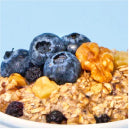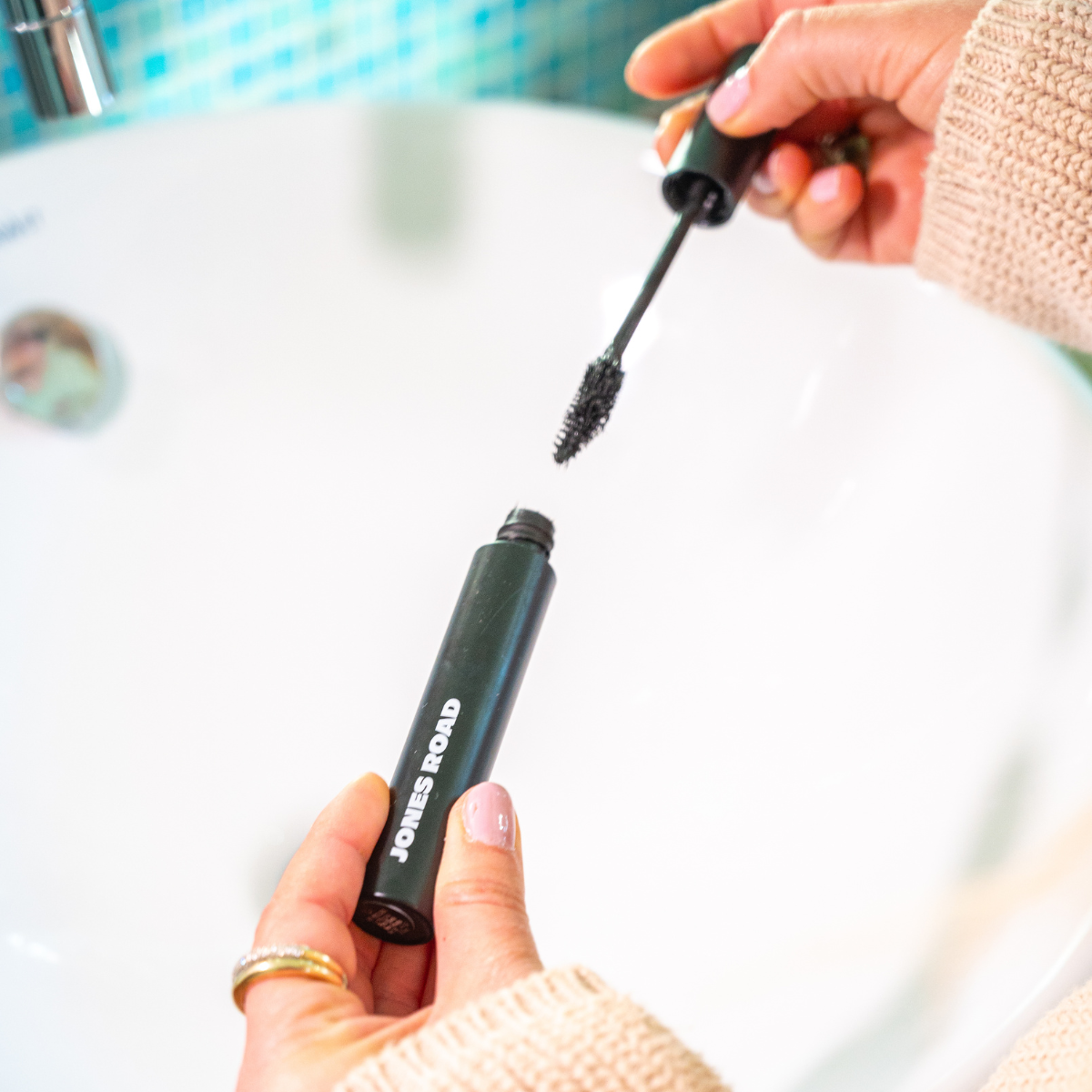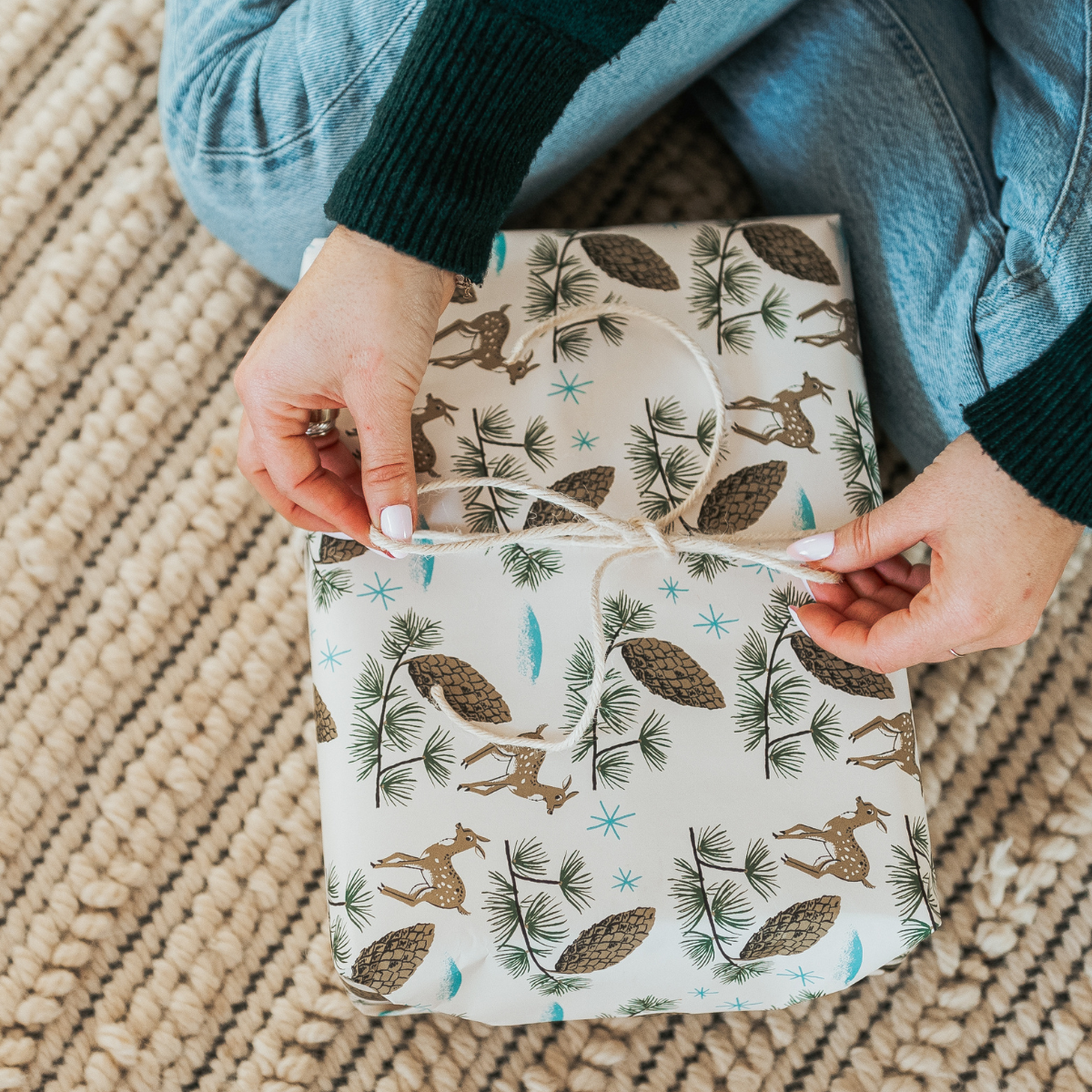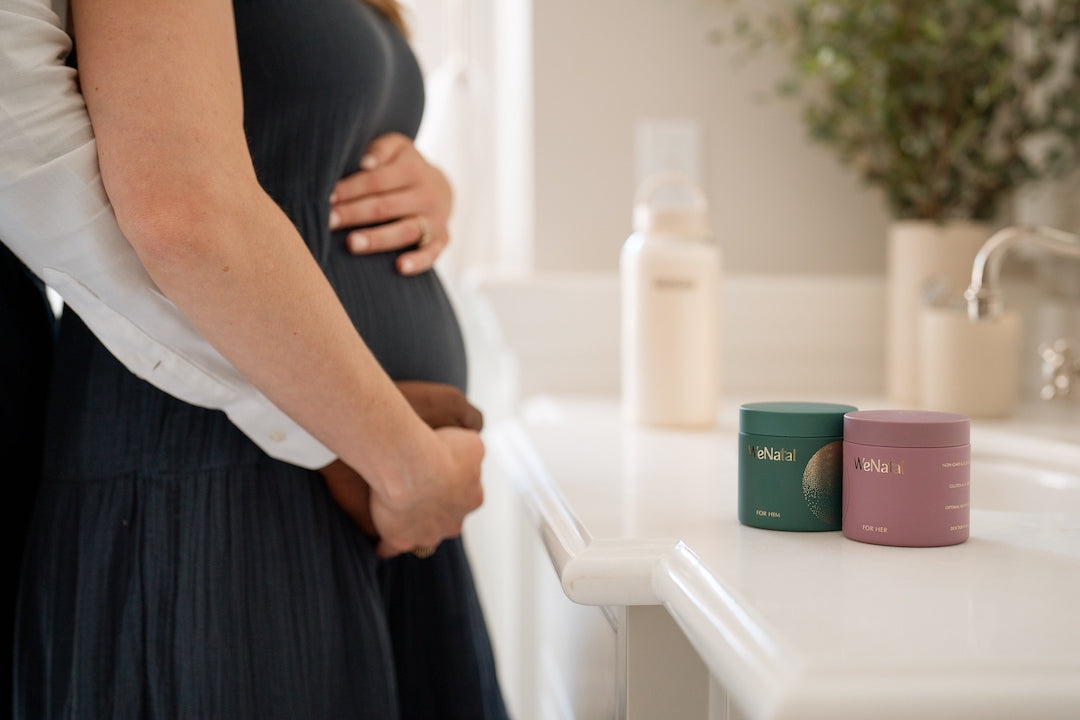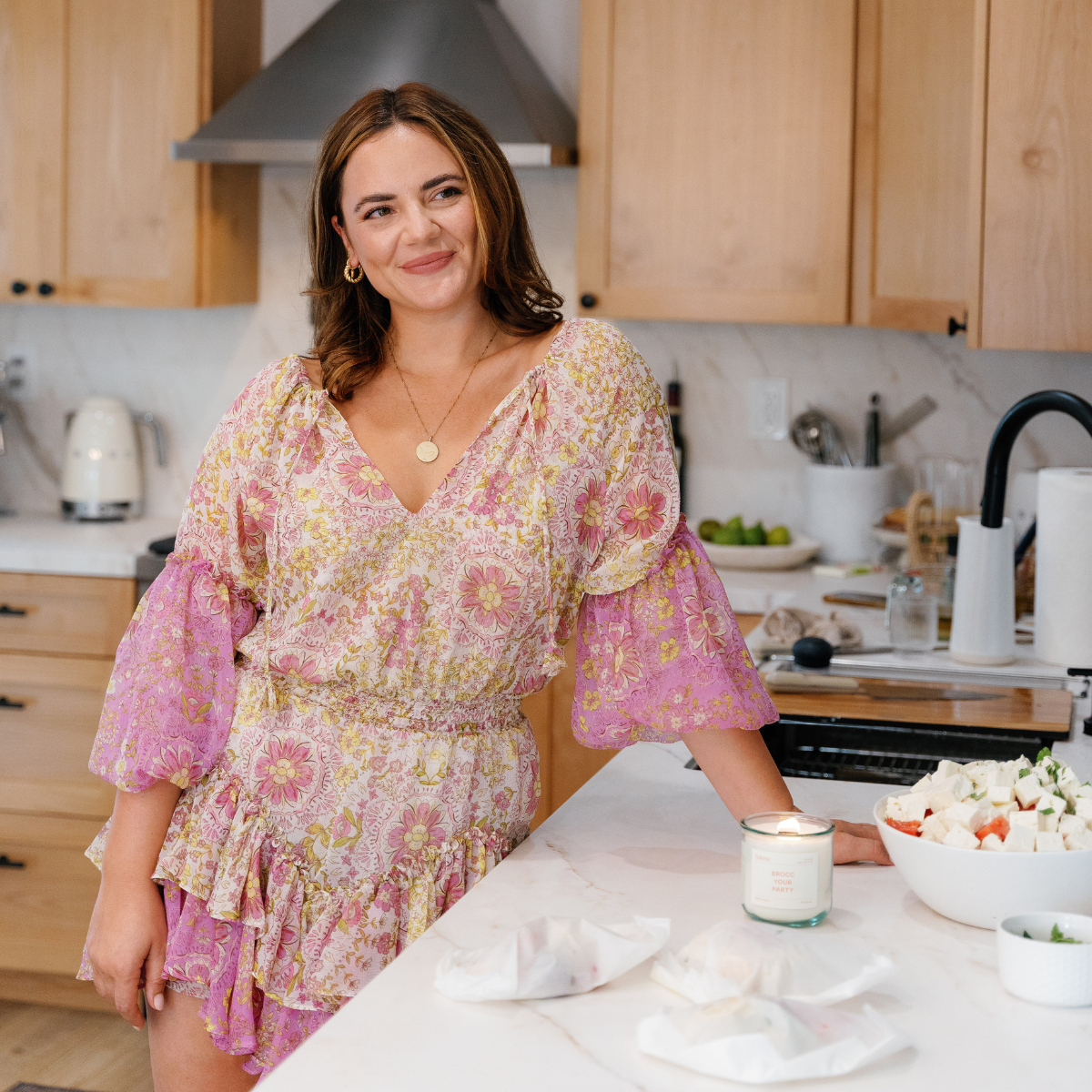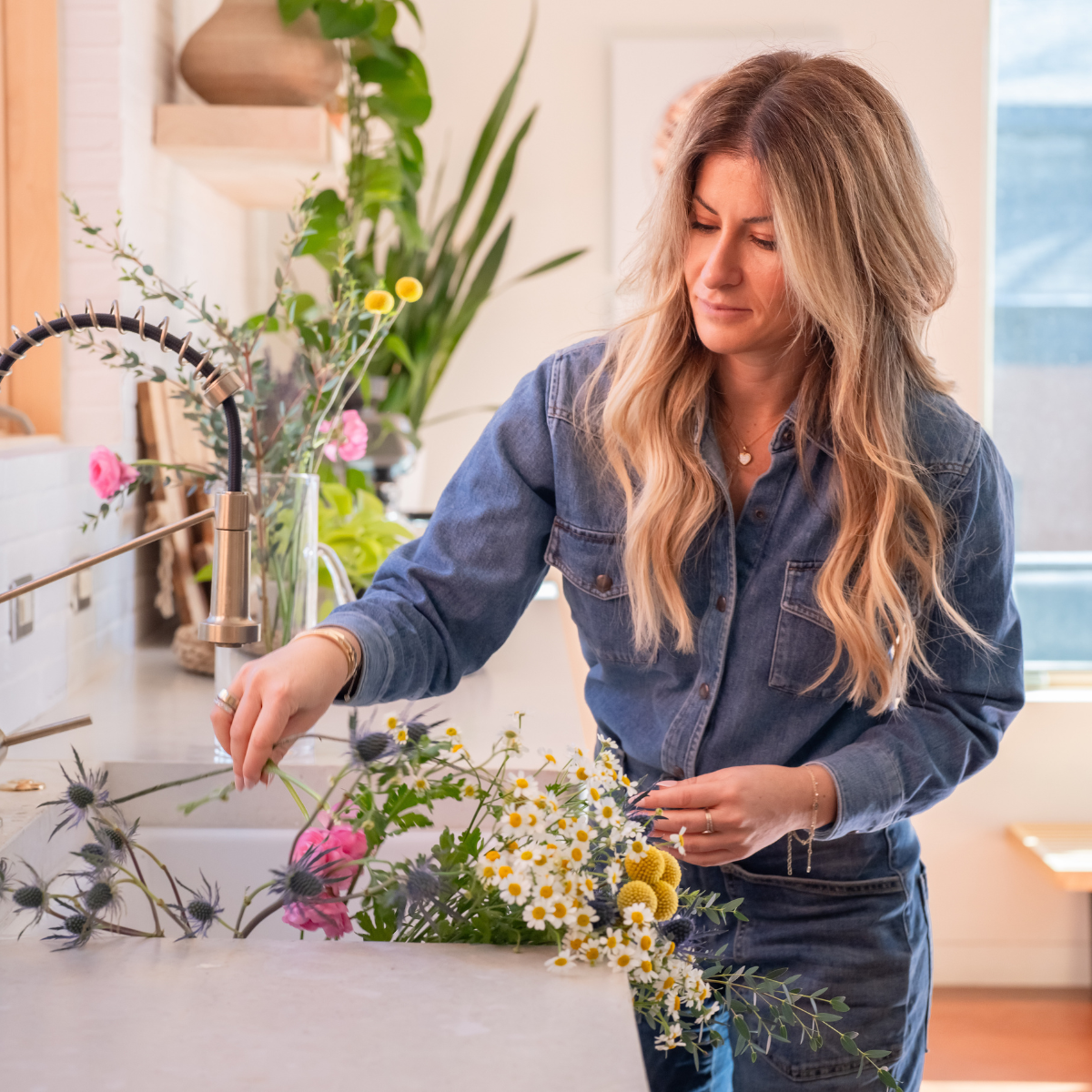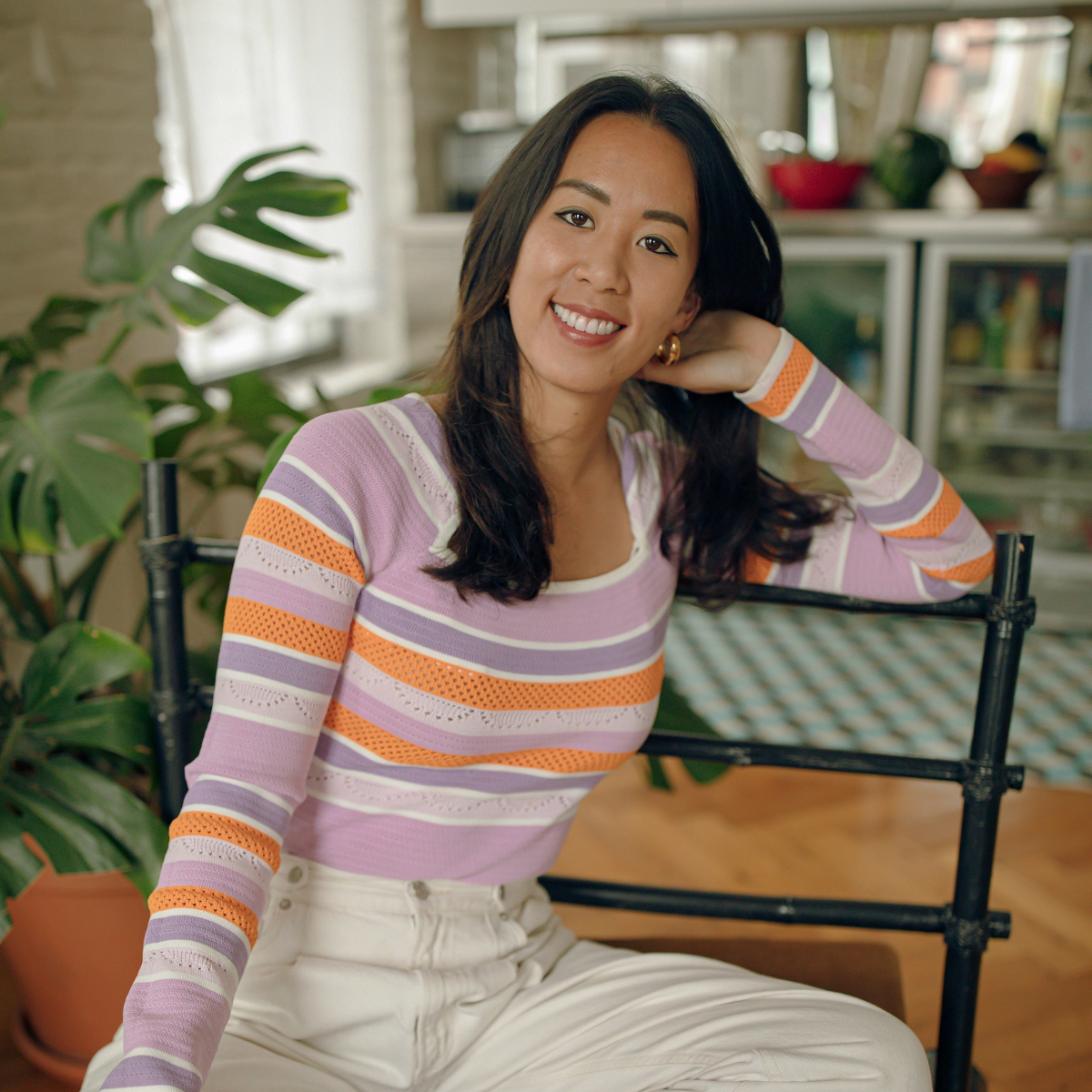"Take your broccoli and call me in the morning." Imagine a world where prescriptions sound like this. Join Elizabeth in a thought-provoking conversation with Dr. Amy Sapola, the visionary Director of Farmacy at the Farmer Jones Farm at Chef’s Garden. Driven by her mission to blend regenerative agriculture with human well-being, Dr. Amy takes us on a journey to uncover the interconnected magic of farm and pharma.
In this week's episode, Amy talks about the enchanting synergy between soil and soul. She shares her wisdom on how we can develop a more profound relationship with food and the chefs that grow them, paving the way for a healthier future. As a certified wellness coach and Institute for Functional Medicine practitioner, Amy shares her advice on how to eat better, the art of eating seasonally to optimize nutrients, and the challenges we currently face in farming that we will have to overcome in the near future.
Amy and Elizabeth talk about the different boxes that Farmer Jones Farm offers, including the limited edition collab box with Purely Elizabeth!


